Quirkiest Chemistry Facts to Spark Student Interest
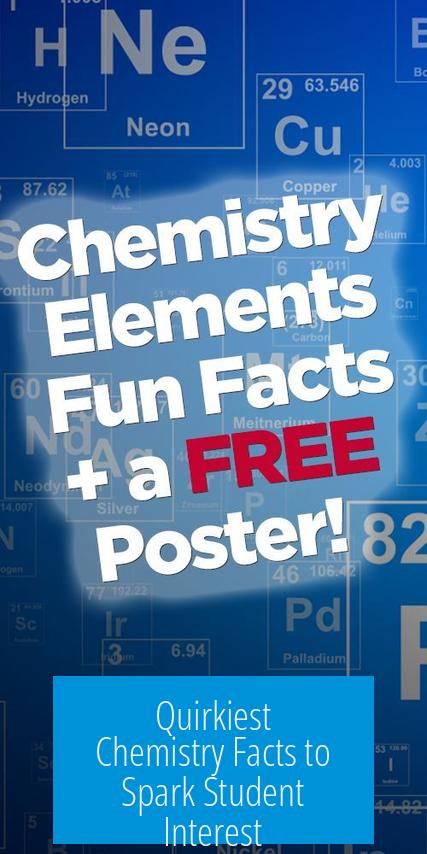
Chemistry holds countless quirky facts to engage students—from bizarre smells and accidental discoveries to vivid color changes and strange molecule names. These surprising snippets unlock curiosity, illustrating chemistry’s role in everyday life, history, and even cosmic phenomena.
1. The Infamous Smell of Thioacetone
Thioacetone produces one of the most unpleasant and pervasive odors known to chemistry. In early experiments, even a minute leak from a bottle caused nausea 180 meters away. The scent baffled chemists because it did not dilute with distance as expected.
- A single drop of thioacetone’s residue diffused rapidly.
- Workers downwind as far as 400 meters detected the stench.
- The odor is so potent it causes strong nausea and social discomfort.
This fact reveals how molecular properties translate into unexpected sensory experiences, sparking awe about chemical volatility and diffusion.
2. The Story of LSD and Bicycle Day
Albert Hofmann discovered LSD accidentally when he absorbed some through his skin. This serendipitous moment led to the first intentional LSD experience, famously marked by his bike ride home under its hallucinogenic effects.
- LSD was extracted from a fungus called ergot.
- Bicycle Day commemorates Hofmann’s visionary cycle ride in 1943.
- The story blends history, human experience, and chemistry’s impact on pharmacology.
This anecdote highlights serendipity in chemical discovery and connects to psychological and medical implications.
3. Copper Complex Ion Color Change: A Spectacular Demo
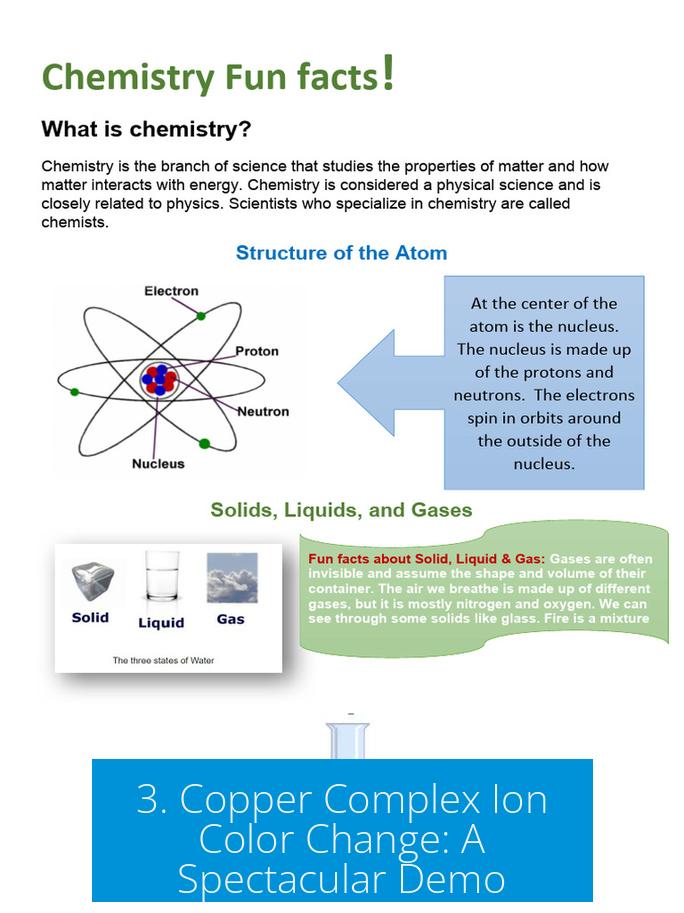
A simple but dramatic reaction showcases coordination chemistry. Adding ammonia to pale blue copper sulfate forms white copper hydroxide, which then dissolves in excess ammonia to create a deep blue tetraammine copper complex.
- Color changes from pale blue → white precipitate → intense royal blue solution.
- Provides a visual and memorable lesson on ligand exchange and complex ions.
- Engages students by demonstrating chemical transformations live.
This demo vividly illustrates coordination chemistry concepts with immediate visual impact.
4. Acetone Peroxide – The Entropic Explosive
Triacetone triperoxide (TATP) is an explosive notable for its ease of synthesis from acetone and hydrogen peroxide. Its properties differ from typical explosives; it releases no visible flame or heat, only a loud noise.
- Highly sensitive due to internal molecular strain.
- Explosion driven primarily by entropy rather than heat.
- Relevant to modern security and chemistry’s role in safety.
This chemical underscores chemistry’s intersection with real-world issues, like transportation security and molecular energetics.
5. Benzene and the Snake Dream: Aromaticity’s Origins
The concept of aromaticity was inspired by a dream of a snake eating its own tail—a symbol called the ouroboros. Kekulé realized the benzene ring structure as a cyclic compound, a groundbreaking moment in organic chemistry.
- Benzene’s cyclic resonance explains its unique stability.
- The snake imagery helps students grasp abstract molecular structures.
- Connects imagination with scientific insight.
This story humanizes scientific discovery and reveals the creative aspect of chemistry.
6. The Humorous Naming of Arsole
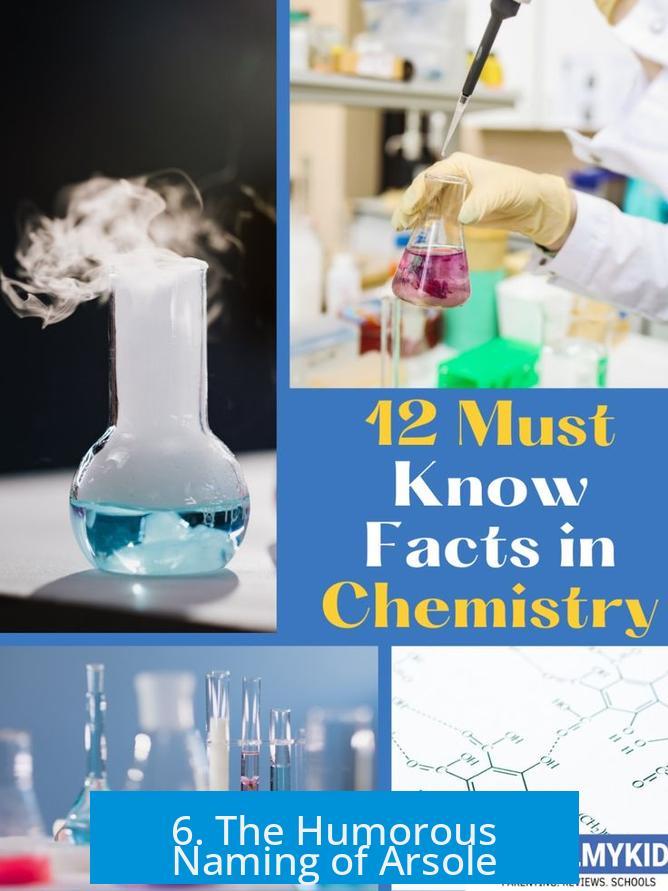
Chemists named a phosphorus-containing heterocycle “phosphole.” Replacing phosphorus with arsenic leads to “arsole,” a name that sounds humorous to English speakers. Fusing arsole with benzene yields benzarsole.
- Molecule names can reflect atom substitution in ring systems.
- Arsole’s name provokes curiosity through humor.
- Memorability increases teaching effectiveness.
This fact shows how chemistry nomenclature is systematic yet sometimes amusing, helping memory.
7. Chemistry of Marshmallows and Metabolism
Eating a marshmallow and roasting one over a fire are chemically similar exothermic oxidation processes. The body metabolizes sugars slowly to generate heat and work, while fire rapidly burns marshmallows.
- Connects daily experiences to energy release mechanisms.
- Demonstrates chemical reactions in biological contexts.
This connection helps students relate chemistry to familiar sensations and fuels understanding of metabolism.
8. Thalidomide’s Chirality and Medicinal Effects
Thalidomide exists as two enantiomers with distinct biological activities. The R-form acts as a sedative; the L-form causes birth defects. This showcases stereochemistry’s critical role in drug design and safety.
- Molecules with identical formulas can have drastically different effects.
- Chirality determines drug action and toxicity.
- Highlights importance of stereoselective synthesis and regulation.
Emphasizes molecular symmetry’s power in pharmacology and toxicology.
9. 7-Up Soda and Lithium Citrate
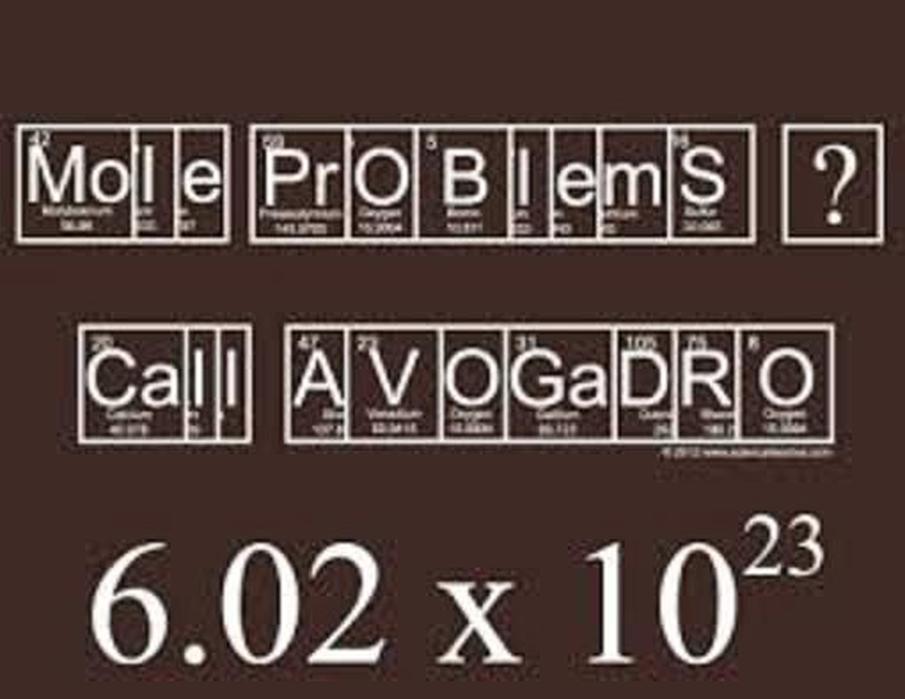
Early 7-Up formulas contained lithium citrate, which acted as a mood stabilizer. The soda’s name may derive from “7” (lithium’s atomic mass) and “up” for its uplifting effect.
- Reveals surprising medicinal chemistry in everyday products.
- Connects historical pharmaceutical use with consumer culture.
This quirky fact connects chemistry, product branding, and pharmacology.
10. Texas Carbon: Carbon Coordinated by Six Iron Atoms
Conventionally, carbon forms four bonds, but in the nitrogenase enzyme’s active site (FeMoco cofactor), a central carbon atom bonds to six iron atoms, possibly at an unusual oxidation state.
- Challenges classical valence rules for carbon.
- Links inorganic chemistry with biological nitrogen fixation.
- Reveals complexity of metalloenzymes and bioinorganic chemistry.
This fact expands understanding of bonding paradigms and biochemical catalysis.
11. Spermine: Organic Chemistry with a Sense of Humor
A molecule named spermine caught students off guard due to its name’s similarity to a familiar English word. This injects humor and curiosity into organic chemistry nomenclature.
Humor makes memorization easier and lowers intimidation around complex names.
12. Hydrogen and Helium Dominate the Universe

About 75% of the universe’s matter is hydrogen, 24% helium, and only 1% other elements. This cosmic fact situates chemical elements in a universal context.
- Links chemistry to astrophysics and cosmology.
- Invites wonder about elemental abundance and origin of matter.
Engages students in chemical fundamentals on a cosmic scale.
13. Why Hard-Boiled Eggs Turn Green and How to Prevent It
During boiling, egg white proteins release hydrogen sulfide (H2S), which reacts with iron in yolks to form green iron sulfide. Cooling eggs fast dissolves excess H2S, preventing discoloration.
- Explains a common cooking phenomenon chemically.
- Offers practical tips based on chemistry.
Makes chemistry accessible by connecting it to kitchen science.
14. Phosphorus Discovery from Urine
An alchemist discovered phosphorus by heating evaporated urine residues to red-hot temperatures and collecting vapor condensate. The name “phosphorus” means “light-bearer,” referencing its glow when exposed to air.
- Combines historical alchemy and genuine chemical discovery.
- Shows proto-chemistry blending mystical and empirical approaches.
This story contextualizes chemistry’s historical evolution.
15. Antimony’s Name Means “Monk Killer”
The element antimony’s name derives from old terms meaning “monk killer,” possibly due to its toxic compounds used historically. This etymology intrigues students.
Shows etymological links between chemistry and cultural history.
16. Water’s Wetness as an Emergent Property
Water is wet because of emergent properties like cohesion and adhesion among many molecules. A single H2O molecule alone isn’t wet, revealing how properties arise from collective behavior.
- Teaches concepts of emergent phenomena in physical chemistry.
- Invites thinking beyond single molecules to systems.
This fact challenges intuitive notions of material properties.
17. The Disappearing Spoon: Chemistry Stories Book
Books like “The Disappearing Spoon” provide entertaining, quirky chemical anecdotes linking history, people, and science.
Such resources help inspire enthusiasm and contextualize chemistry.
18. Why Aluminium Was Once More Valuable Than Gold
Before cost-effective extraction, aluminium was rarer and pricier than gold. Its lightness made aluminium cutlery coveted by honored guests. The Hall–Héroult process revolutionized aluminium production, lowering costs dramatically.
- Demonstrates how chemistry affects material availability and economics.
- Links scientific advances to societal value.
Illuminates chemical processing’s impact on metal markets.
19. Poison Ivy and Urushiol Chemistry
Urushiol in poison ivy binds to skin proteins, causing irritation. Its acidic and basic properties explain why soaps and solvents help remove it. Studying this molecule’s chemistry connects biochemistry with health.
Bridges classroom concepts to everyday health issues.
20. Making Electrides by Dissolving Alkali Metals in Ammonia
Alkali metals dissolved in liquid ammonia produce blue solutions containing solvated electrons, creating electride salts. These exotic materials reveal fundamental electron behavior in unusual environments.
- Exemplifies unconventional states of matter and chemical bonding.
- Expands understanding of solutions beyond classical ions.
This chemistry fact showcases the frontier of chemical research.
Key Takeaways
- Quirky facts create memorable hooks to introduce chemical concepts.
- Stories span sensory experiences, discovery tales, color changes, and biological effects.
- Real-world relevance enhances student connection to chemistry.
- Humor and history make nomenclature and element origins easier to recall.
- Everyday phenomena—from marshmallows to eggs—stem from clear chemical principles.
- Unusual molecular structures challenge classical understanding and inspire curiosity.
Unleashing Chemistry’s Quirky Side: A Collection of Facts to Spark Student Curiosity
What’s your quirkiest chemistry fact to get students interested in chemistry? Sometimes, students need a hook that’s not just textbook-speak and boring equations. A weird, funny, or simply mind-blowing fact can be that hook. It’s about showing chemistry as a vibrant and surprising part of life—and beyond. Let’s dive into some truly quirky chemistry stories and facts that capture the imagination and give students a fresh lens to see this science.
From stinky chemicals that travel long distances and strange molecular names bound to raise giggles, to explosive compounds and cosmic mysteries, chemistry has a treasure trove of captivating tales. Ready? Let’s go!
1. The Mystery of Smelly Chemicals: Thioacetone
Imagine a chemical so smelly that a tiny whiff causes nausea 180 meters away. Enter thioacetone. In an early experiment, a bottle’s stopper popped off, releasing the chemical. The result? People working far across a building suddenly felt sick. Nearby cooks, waitstaff, even others, were affected without being near the source. Weirdly, the odour didn’t lose strength when diluted the usual way. Even the chemists who handled it in sealed labs denied it, until convinced by a little “sniff test” downwind.
This fact fascinates because it defies intuition. Usually, smells weaken with distance. Not thioacetone. Its stink clings to the air like an unshakable ghost. For students, it turns chemicals into real-world characters with a presence beyond the lab bench.
2. The Adventures of LSD and Bicycle Day
Accidental discoveries often make the best stories. Albert Hofmann’s “Bicycle Day” tale is a classic. He unintentionally ingested LSD, a psychedelic compound he was studying from a certain fungus. Instead of a quiet evening, he went for a bicycle ride—tripping hard on his way home.
This real-life story is more than a bizarre drug anecdote. It reflects how chemistry intersects with human experience, psychology, and medicine. The serendipity is real and relatable. When students hear this, they often get wide-eyed, imagining the blend of curiosity, accident, and consequence.
3. Copper Complex Ion Color Change: The Ultimate Visual Wow
Color changes in chemistry are pure magic for students’ eyes. A classic involves copper sulfate and ammonia solutions. Adding ammonia turns pale blue solutions to royal blue in stages, thanks to the formation of a tetramminocopper complex ion. Watching a dull liquid transform into a vivid royal blue is not just visually thrilling, it’s a tangible lesson in coordination chemistry.
Teaching chemistry through such visual transformations ignites excitement. Students don’t just hear facts—they see them in real-time. It’s a perfect example of “proof” you can witness with your own eyes.
4. Explosives Chemistry: Acetone Peroxide (TATP)
Why is TSA picky about liquids on airplanes? One answer involves acetone peroxide, known as TATP, a potent explosive made from seemingly innocent ingredients: acetone and hydrogen peroxide. Its unique chemistry makes it very sensitive due to internal strain—like a highly stressed molecule waiting to go boom. TATP shows chemistry’s dark edge and its profound impact on security and safety.
This explosive is unusual because it produces no visible flame or heat, but a loud explosion. It’s an entropic explosive, where the energy comes from the molecule’s stretched bonds rather than chemical reactions releasing heat. This reality-rooted fact connects classroom chemistry to world events and real risks, making lessons vivid and urgent.
5. The Snake Dream and Benzene’s Aromaticity
Here’s a story that links chemistry to dreams. A scientist dreamt about a snake biting its own tail, symbolizing infinity or a loop. This image inspired the concept of benzene’s structure—six carbons in a ring with delocalized electrons, creating aromaticity. Suddenly, a complex chemistry idea becomes a memorable narrative.
Such stories invite students to see that science isn’t only data—it’s creativity, imagination, and sometimes intuition.
6. The Hilarious Naming of Arsole and Related Compounds
Sometimes chemistry mixes with humor. A funny example is the molecule arsole, formed when arsenic replaces phosphorus in a pyrrole ring. Its name sounds like a cheeky English insult—something that raises eyebrows and laughter in classrooms. Fuse arsole with benzene, and you get benzarsole. Such quirky names break the monotony, make concepts stick, and show that scientists are human too.
7. Marshmallows and Metabolism: Same Reaction, Different Speed
Ever roasted a marshmallow over a fire? Or eaten one slowly melting in your mouth? Turns out, the chemical reactions happening during campfire toasting are similar to those inside your body breaking down the sugar. The main difference? Your body does it slowly, releasing energy to fuel muscles. This connection ties an everyday treat to biochemistry, making abstract metabolic concepts relatable.
8. Duality of Thalidomide’s Chirality: Same Formula, Different Effects
Chirality is a tricky idea. A molecule can come in mirror-image forms called enantiomers. Thalidomide, once a prescribed drug, was given as a mix of two enantiomers with drastically different effects. The “R” form acts as a sedative, while the “L” form causes severe birth defects. Same molecule, radically different outcomes, thanks to 3D molecular symmetry.
This underscores stereochemistry’s critical role in biology and medicine. It’s a sharp reminder: chemistry impacts lives deeply.
9. 7-Up’s Secret Ingredient: Lithium Citrate
Did you know the soft drink 7-Up used to have lithium citrate, a mood stabilizer, as an ingredient? Some say that’s how it got the “7” (lithium’s atomic mass) and “up” (uplifted mood) in its name. It’s an unexpected link between a common beverage and therapeutic chemistry, revealing chemistry’s hidden footprint in everyday life.
10. “Texas Carbons”: Carbon with 5 Bonds
In textbooks, carbon usually has four bonds. But nature occasionally breaks the rules. The enzyme nitrogenase uses a special cluster with carbon bonded to six iron atoms and exists in a rare oxidation state of -4! This weird “Texas carbon” (carbon with more than the usual four bonds) shows how biochemistry and inorganic chemistry merge in fascinating, unexpected ways. It’s proof that chemistry isn’t just simple rules, but a complex, living science evolving in nature.
11. A Classroom Laugh: Spermine Molecule
Teaching organic chemistry can be serious, but sometimes a funny molecule name can lighten the mood. “Spermine”—named after its occurrence in sperm cells—looks funny to students. One teacher drew it on the board; students guessed wildly and laughed. Humor in science aids memory and engagement, turning awkward molecules into memorable lessons.
12. Universe’s Chemistry: Hydrogen, Helium, and the Rest
Here’s a cosmic entry. About 75% of the universe’s ordinary matter is hydrogen, 24% is helium, and only 1% is everything else. It turns chemistry into a story about space and stars, connecting microscopic atoms to the unimaginably vast universe. It sparks curiosity about how elements form, evolve, and shape the cosmos.
13. Why Hard-Boiled Eggs Turn Green (And How to Avoid It)
Ever peeled a hard-boiled egg and found a green-green ring between the yolk and white? That’s fate and chemistry combining. When boiling, sulfur compounds in the white react with iron in the yolk, forming green iron sulfide. Cooling eggs quickly in ice water speeds H2S dissolution, preventing the ugly green ring and keeping yolks bright.
This simple kitchen problem turns into a chemistry lesson that everyone can use. Practical, delicious, and memorable.
14. Phosphorus Discovery: From Urine to “Light-Bearer”
Phosphorus was discovered by an alchemist trying to make gold. He theorized “the secret to gold would be golden and come from within.” In experiments involving evaporating urine and heating the residue, phosphorus condensed out. The discovery combined the mystical (alchemy) with real chemistry and illuminates the curiosities of science history.
15. Antimony—the “Monk Killer”
The element antimony, symbol Sb and atomic number 51, literally means “monk killer.” This grim name refers to its historical toxicity and unfortunate impact on those who consumed it unknowingly. Knowing such names gives a dark but fascinating historical angle to elements scientists usually just memorize.
16. Water’s “Wetness”: An Emergent Chemistry Property
Is water wet? Interesting question! A single drop of H2O is not “wet” alone. Wetness is an emergent property—when many water molecules stick together through cohesion and stick to surfaces through adhesion. It’s physical chemistry made relatable and challenges students to think critically about everyday concepts.
17. “The Disappearing Spoon”: Chemistry’s Storybook
For students hungry for quirky tales, “The Disappearing Spoon” book offers a collection of rich chemistry stories, from element origins to strange anecdotes. Books like this can be a gateway to chemistry as a human, colorful science beyond formulas.
18. Aluminum’s Rise from Precious Metal to Commonplace
Once, aluminum was more valuable than gold. Only the most honored guests got aluminum cutlery, while others got gold. The game-changer? A chemical breakthrough made aluminum extraction cheap and widely available. This reversal in value is a story of how chemistry and technology shape economies and perceptions.
19. Poison Ivy’s Chemistry: Urushiol and Your Skin
Poison ivy’s nasty reaction comes from urushiol, an oily molecule. Understanding its acid/base chemistry helped students grasp polyprotic molecules and real-world applications, like effective treatments to remove urushiol from skin. Chemistry here solves everyday problems.
20. Electrides: The Strange World of Electrons as Ions
Dissolve alkali metals like potassium or sodium in ammonia, and you get an unusual solution where free electrons behave like ions—electrides. This exotic chemistry shows fundamental electronic behavior in surprising forms, advancing materials science and theory.
These quirky facts highlight chemistry’s astounding variety—from the world’s smallest smell molecule traveling far beyond expectations, to cosmic abundance, explosive reactions, and the humor hidden in molecular names. For students, such stories spark curiosity, retain attention, and bridge the gap between complex scientific principles and everyday life.
Would you rather remember a boring molecular formula or the story of the “arsole” molecule? How about the tale of a chemist biking through a psychedelic trip, or a green ring on your egg yolk explained by sulfur? Chemistry isn’t just about atoms and bonds; it’s packed with history, surprises, and moments that make us laugh, think, and marvel at nature’s complexity.
Encourage students with these facts, and watch their enthusiasm for chemistry ignite. After all, science is not just about what we study, but how we tell its tales.
References and Further Reading
- The Story of Bicycle Day
- Chemistry of TATP Explosive
- Benzene’s Aromaticity and the Snake Dream
- Stereochemistry of Thalidomide
- The Iron-Molybdenum Cofactor and Unusual Carbon
What’s the quirkiest smell in chemistry that can affect people far away?
Thioacetone produces a smell so bad that even tiny amounts cause nausea up to 180 meters away. Chemists handling it faced strong reactions, yet those in closed labs barely noticed the odor.
Why is LSD’s discovery called “Bicycle Day” and why is it interesting?
Albert Hofmann accidentally took LSD, then rode his bike home while feeling the effects intensely. This real accident sparked fascination and linked chemistry to human experience uniquely.
How does the copper complex ion demo catch students’ attention?
Adding ammonia to copper sulfate changes colors from pale blue to bright royal blue. This vivid color shift makes coordination chemistry clear and surprising to students.
What makes the explosive TATP different from other explosives?
TATP is made from simple liquids like acetone and peroxide. It’s an “entropic explosive” that creates loud blasts without light or heat, showing unusual chemistry and safety concerns.
Why is the molecule named “arsole” memorable to students?
Replacing an atom in pyrrole rings yields “arsole,” a name sounding like an English slang word. This quirky name sparks humor and curiosity about molecular structures.


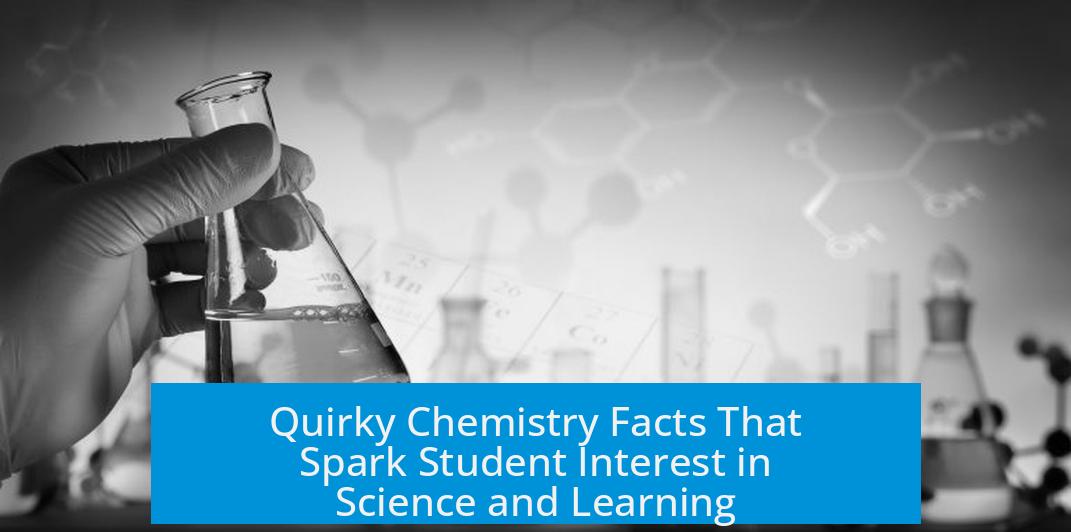
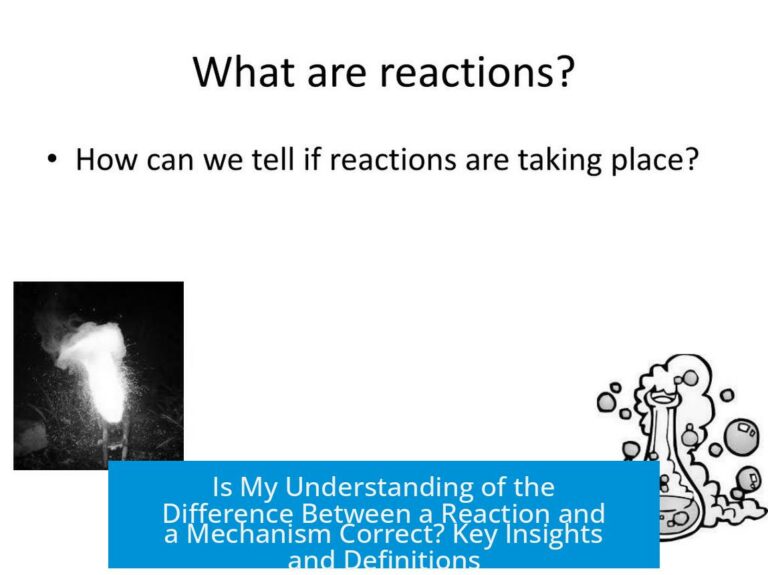
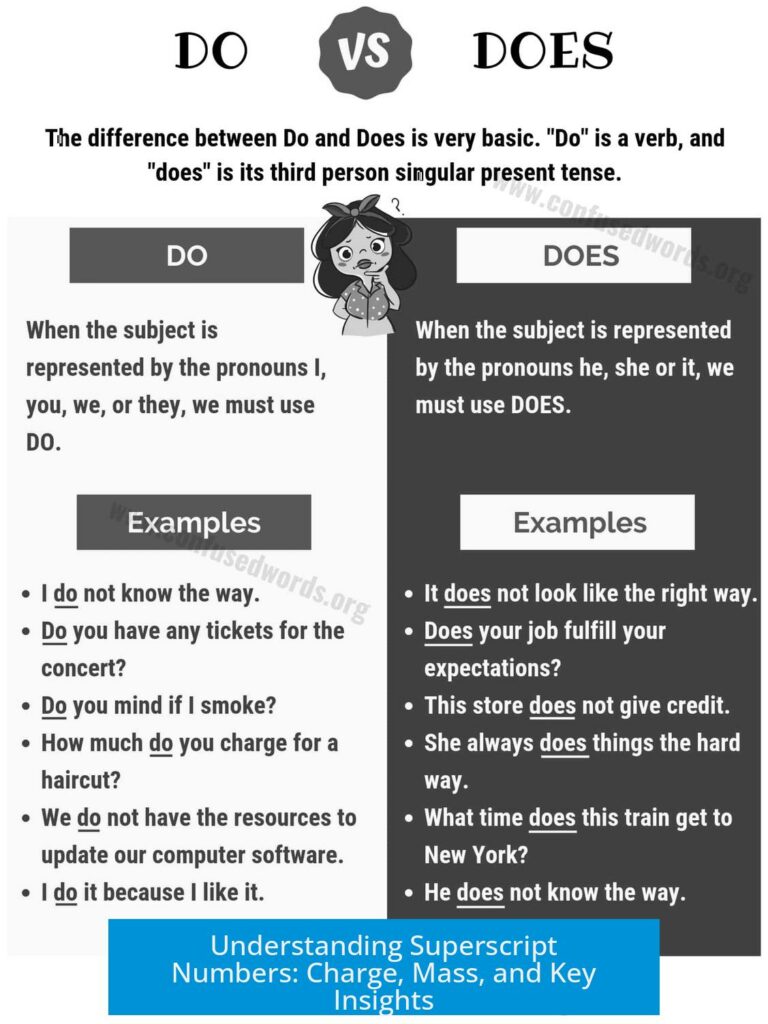
Leave a Comment